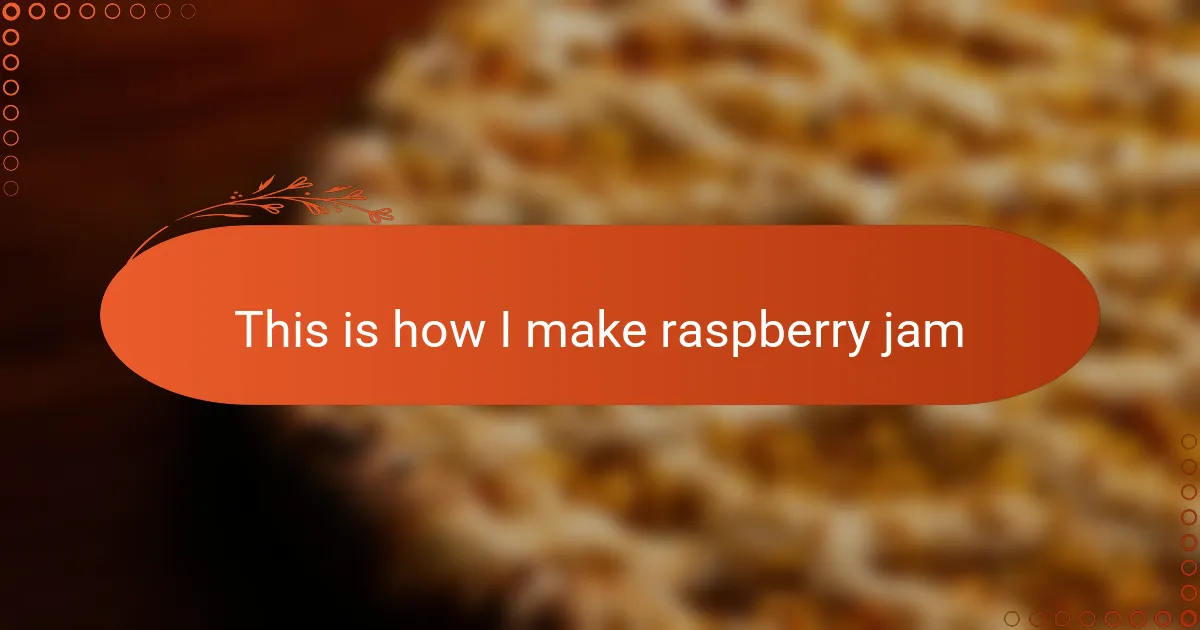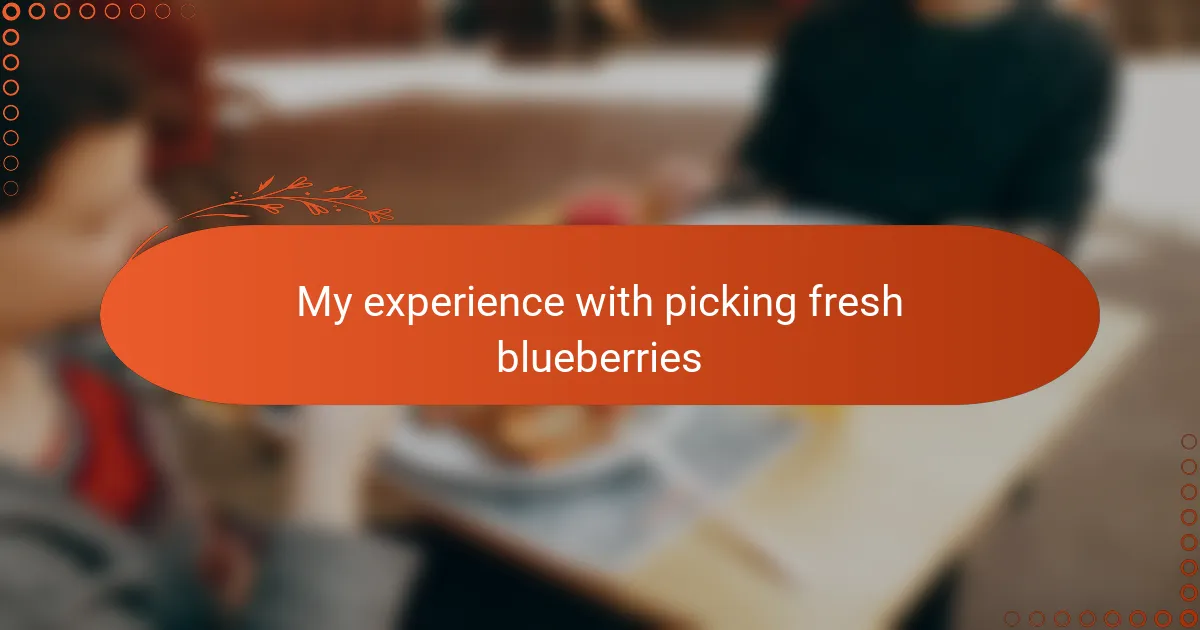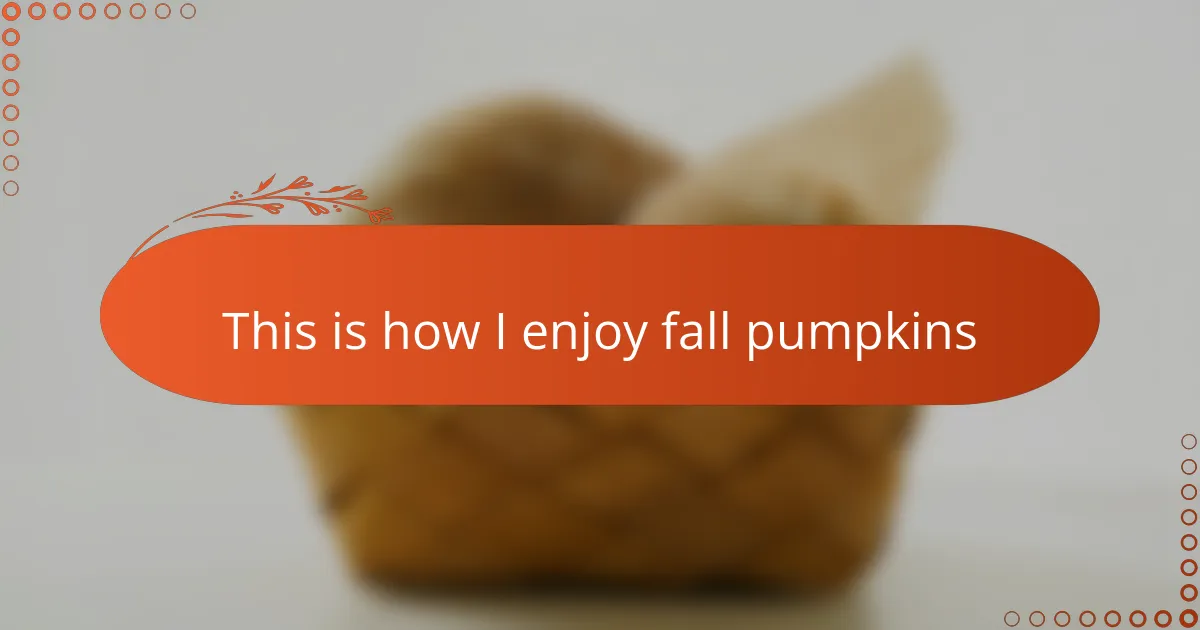Key takeaways
- Raspberries naturally contain pectin, allowing for minimal sugar use; careful cooking time is essential for the right consistency.
- Fresh, quality raspberries and a balance of sugar and lemon juice enhance flavor and help set the jam properly.
- Proper sterilization of jars and cool, dark storage are crucial for preserving jam quality and prolonging shelf life.
- Testing for readiness with the cold plate method ensures that the jam has thickened correctly before jarring.

Understanding Raspberry Jam Basics
Making raspberry jam starts with understanding the fruit itself. Raspberries are delicate and full of natural pectin, which helps the jam set beautifully without needing too much added sugar. I remember my first attempt ended a bit runny because I underestimated how much cooking time the raspberries needed to release their natural pectin.
Have you ever wondered why some jams are thick while others stay more like syrup? It all comes down to the balance of fruit, sugar, and cooking time. From my experience, too much sugar can overwhelm the fresh raspberry flavor, so I prefer to sweeten gently and let the fruit shine through.
Another thing I’ve learned is that patience is key. Watching the mixture bubble to the perfect consistency requires attention and a bit of intuition. It’s a rewarding process — almost like the jam itself holds a little memory of the summer mornings I spent picking those berries.

Essential Ingredients for Raspberry Jam
The heart of any good raspberry jam is, of course, fresh raspberries. I’ve found that the fresher they are, the brighter and more vibrant the jam will taste. Sometimes, I pick my own berries early in the morning when the dew is still on them—it’s a simple pleasure that seems to infuse the jam with a little extra magic.
Sugar is another essential ingredient, but not just any sugar will do. I prefer using granulated white sugar because it dissolves easily and helps preserve the jam, but sometimes I mix in a touch of organic cane sugar for a slight warmth in flavor. Have you ever noticed how too much sugar can mask the natural tartness of raspberries? I’ve certainly learned to trust my instincts on this balance over time.
Lastly, a bit of lemon juice always makes its way into my recipe. It’s not just for flavor—it helps the jam set by boosting the fruit’s natural pectin, especially if the raspberries aren’t quite as ripe as I hoped. Adding that dash feels like adding a little zing, waking up all the other flavors and giving the jam its perfect texture.

Preparing Raspberries for Jam
Before I start cooking, I always take the time to gently rinse the raspberries under cool water. It amazes me how much dirt or tiny insects can hide in those little nooks. Have you ever noticed how delicate raspberries are? One wrong move, and they turn to mush, so I handle them with utmost care.
After rinsing, I spend a few moments picking through the berries to remove any that are bruised or overly soft. This might seem tedious, but trust me—it makes a world of difference in the jam’s final flavor and texture. I recall a batch that tasted a bit off because I rushed this step; since then, my jam always feels like a little love letter to the fruit itself.
Sometimes, I like to give the raspberries a brief crush before cooking, especially if I’m aiming for a smoother jam. Crushing releases the juice and kickstarts the magical process of turning fruit into spreadable sweetness. Have you ever tried tasting the fresh crushed fruit before it cooks? It’s like capturing the essence of summer in a spoonful.

Step by Step Jam Making Process
Once I’ve got my raspberries prepped, I move straight into combining them with sugar and a splash of lemon juice in a heavy-bottomed pot. I remember the first time I thought I could rush this part—big mistake. The secret is to bring the mixture slowly to a boil, stirring often so nothing sticks or burns; it’s almost like coaxing the flavors to come together gently rather than forcing them.
As the jam begins to simmer, I watch for that moment when it thickens, bubbles change texture, and the color deepens to a rich ruby red. Here’s where patience turns into intuition—sometimes it takes 10 minutes, sometimes 20. Have you ever counted bubbles in a pot? I swear, that’s how I figured out the perfect timing, and it makes all the difference between runny and perfectly set jam.
Finally, I test the jam’s readiness with the old spoon-and-plate trick: a spoonful dripped onto a cold plate should wrinkle slightly when nudged. The first time I did this test, I was nervous—would the jam set? That moment felt like crossing the finish line after a long kitchen marathon. Once it’s right, I ladle the jam into sterilized jars, seal them, and hear that satisfying “pop” sound as they cool. It’s a small victory that always fills me with pride and excitement for morning toast.

Tips for Perfect Jam Consistency
Have you ever stirred your jam wondering if it will ever thicken just right? From my experience, the key is to keep a close eye on the bubbling and not rush the process. Jam thickens as water evaporates, so sometimes patience feels like the hardest ingredient to measure, but it truly pays off when you reach that perfect set.
One trick I’ve learned over the years is to use the cold plate test. I always place a small spoonful of jam on a chilled plate, then give it a gentle nudge after a minute. If the jam wrinkles and holds its shape, I know it’s ready. It’s a simple moment that turns anxious waiting into confident success.
Sugar’s role is also fascinating—too much and the jam turns overly stiff, too little and it remains runny. I like to balance sweetness carefully, leaning on the fruit’s natural pectin and a touch of lemon juice to help with setting. This way, the jam keeps its luscious, spreadable texture without losing that fresh raspberry zing I love.

Storing and Preserving Raspberry Jam
When it comes to storing raspberry jam, I always emphasize the importance of sterilized jars. Nothing beats that satisfying pop of a properly sealed jar—it’s like a tiny cheer for preservation success. Have you ever accidentally used jars that weren’t thoroughly cleaned? I learned the hard way when my jam spoiled faster than expected, teaching me that good storage starts with good preparation.
Once sealed, I keep my jars in a cool, dark place, like a pantry or cellar. Light and heat are the enemy of jam freshness, breaking down those vibrant raspberry flavors and weakening the set. From my experience, even a well-made jam can lose its charm if it’s left on a sunny windowsill or near a stove.
For opened jars, refrigeration is a must. I’ve found that once the seal is broken, the clock starts ticking—fridge storage keeps the jam safe for several weeks but not forever. If you ever wonder how long your homemade jam will last after opening, my tip is to use it within three to four weeks to enjoy it at its very best.



